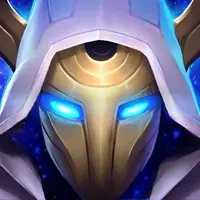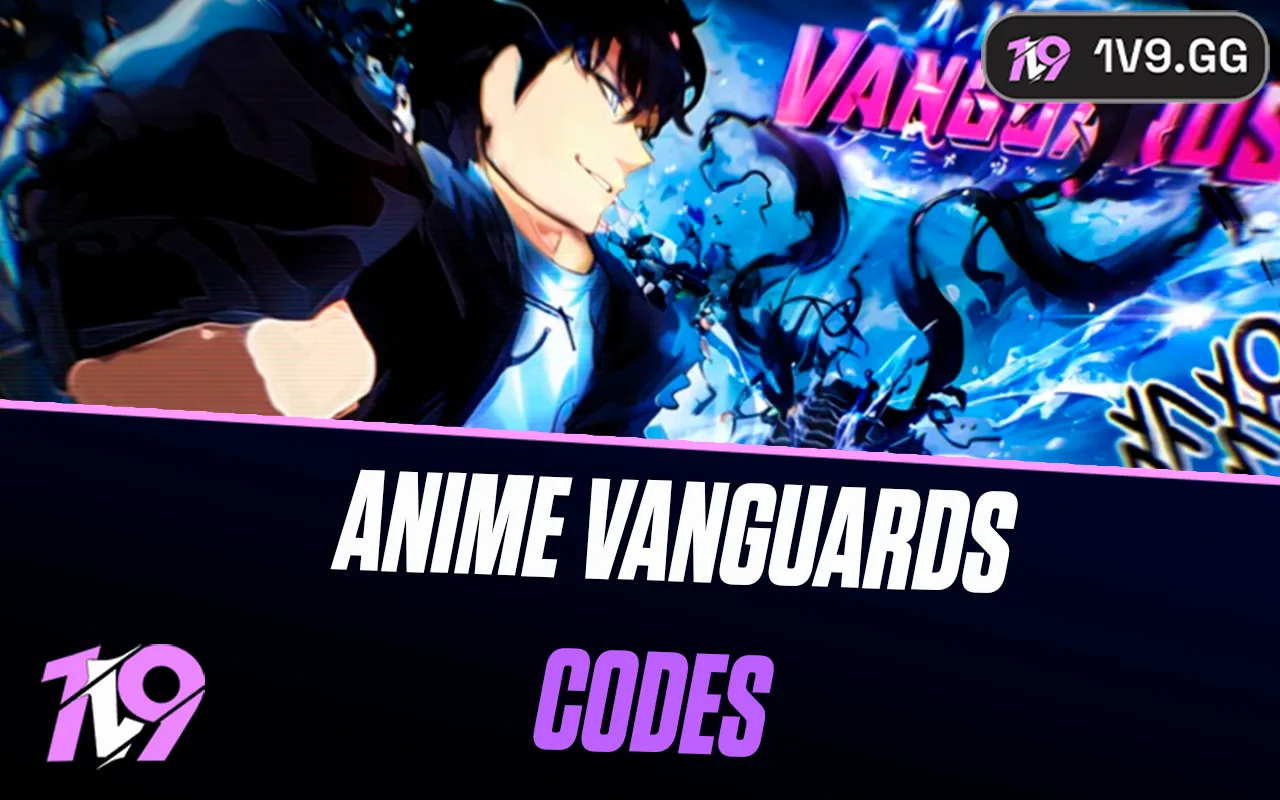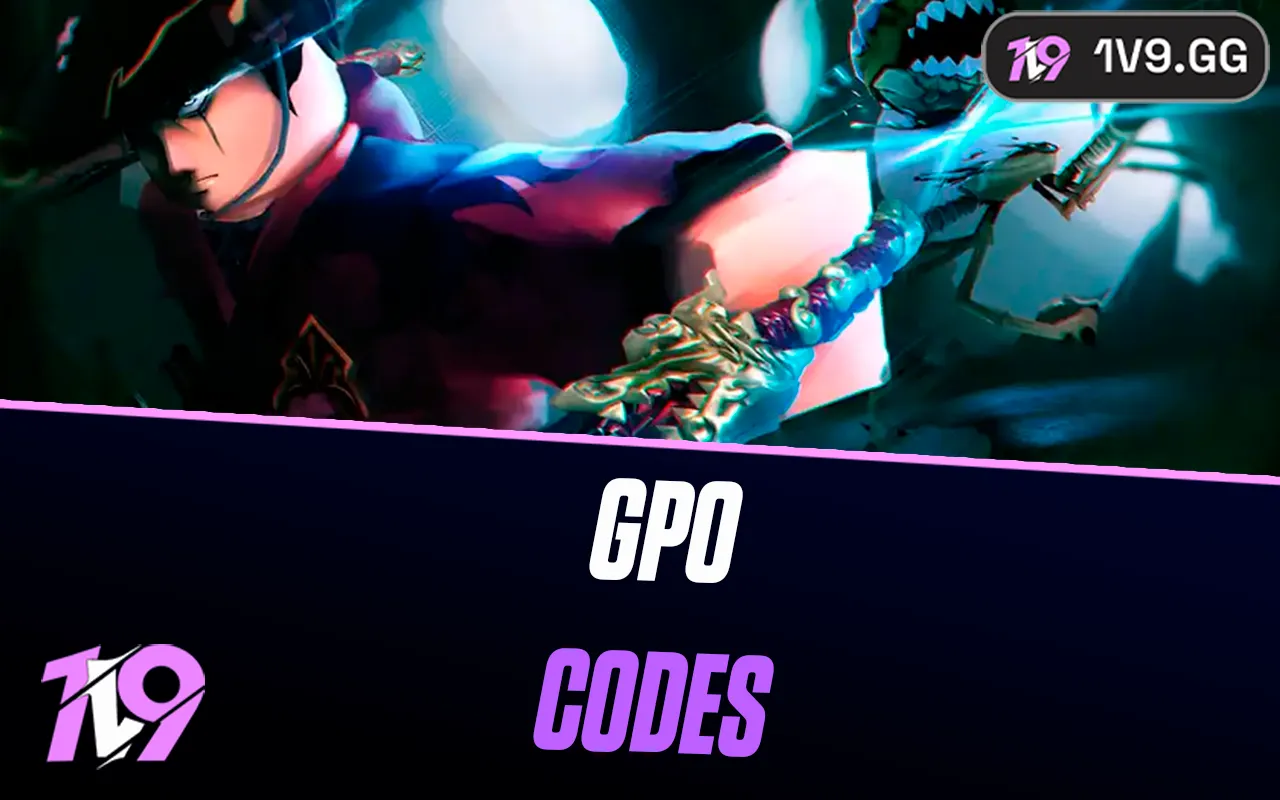
Dota 2: Every Position And Role Explained
Dota 2 is one of the most challenging MOBAs to master, requiring a deep understanding of team dynamics, hero matchups, and strategic execution. In this 5v5 battle, every player takes on a specific position and role, each with a crucial job that can determine the outcome of the game. While individual skill and hero selection matter, a team’s success often hinges on how well each player fulfills their assigned role.
Understanding these roles is key to improving your gameplay, whether you’re a newcomer or an experienced player looking to refine your skills. If you’re wondering how the positions in Dota 2 work, we’ve got you covered. This guide breaks down all five positions and their responsibilities, giving you everything you need to play your role effectively and help your team secure victory.
All Positions And Roles in Dota 2
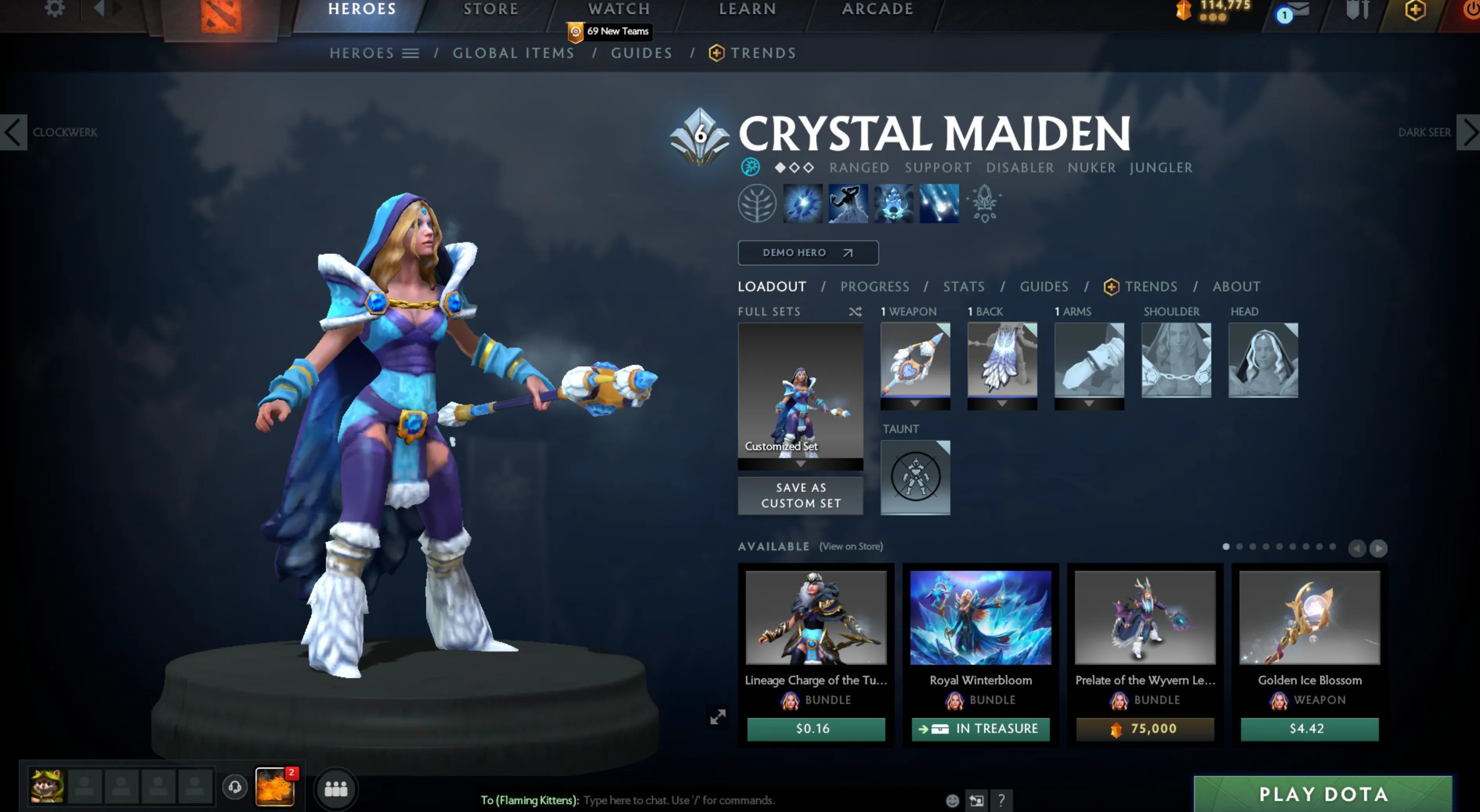
In Dota 2, every team is structured around five distinct positions, each with a specific role that contributes to the overall strategy. These roles define how a player should approach the game, from farming and fighting to supporting and setting up plays. Here’s a breakdown of all five positions and their responsibilities:
• Position 1 – Carry
• Position 2 – Midlaner
• Position 3 – Offlaner
• Position 4 – Soft Support
• Position 5 – Hard Support
Each of these positions has a unique impact on the game, and understanding how they function is key to improving your performance. Below, we’ll dive into what each role does and how you can play them effectively.
#1: Carry
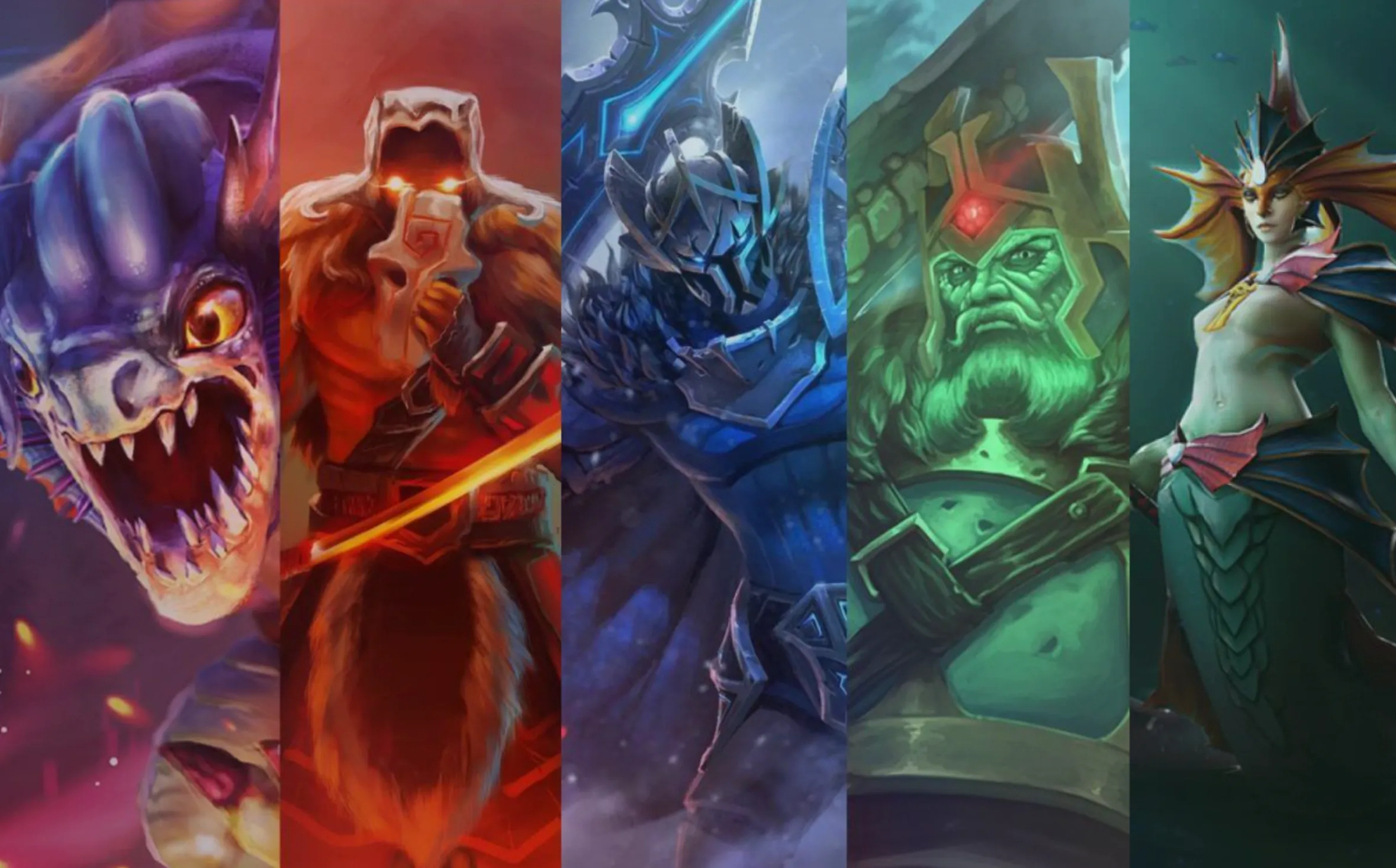
The Position 1 Carry is the team’s primary damage dealer, responsible for securing farm early and dominating fights in the late game. This role revolves around farming efficiently, hitting item power spikes, and ultimately leading the charge in closing out the game. Carries typically start off weak but scale into formidable threats once they acquire the right items.
Carry heroes often have abilities that help them farm quickly, such as Sven’s Greater Cleave or Gyrocopter’s Flak Cannon. Those without natural farming tools, like Anti-Mage, rely on items like Battle Fury to accelerate their gold and experience gain. The early-game objective for a Carry is to stay safe in the safe lane (bot lane for Radiant, top lane for Dire) alongside a Position 5 Hard Support, focusing on last-hitting creeps while minimizing risk.
Once key items are acquired, a Carry typically rotates into the Jungle to continue farming safely while their team applies pressure elsewhere. Every Carry hero has different power spikes, meaning the moment they become a real threat varies. For example, a Medusa player should focus on securing Manta Style and either Eye of Skadi or Butterfly before the 20-minute mark to start applying pressure.
A well-farmed Carry is often the difference between victory and defeat, making efficiency and decision-making crucial. Some of the strongest Carries in the current meta include Lina, Weaver, Clinkz, Terrorblade, and Phantom Assassin. If you’re playing Position 1, your goal is to hit item timings, survive the laning phase, and take over fights when the time is right.
#2: Midlaner
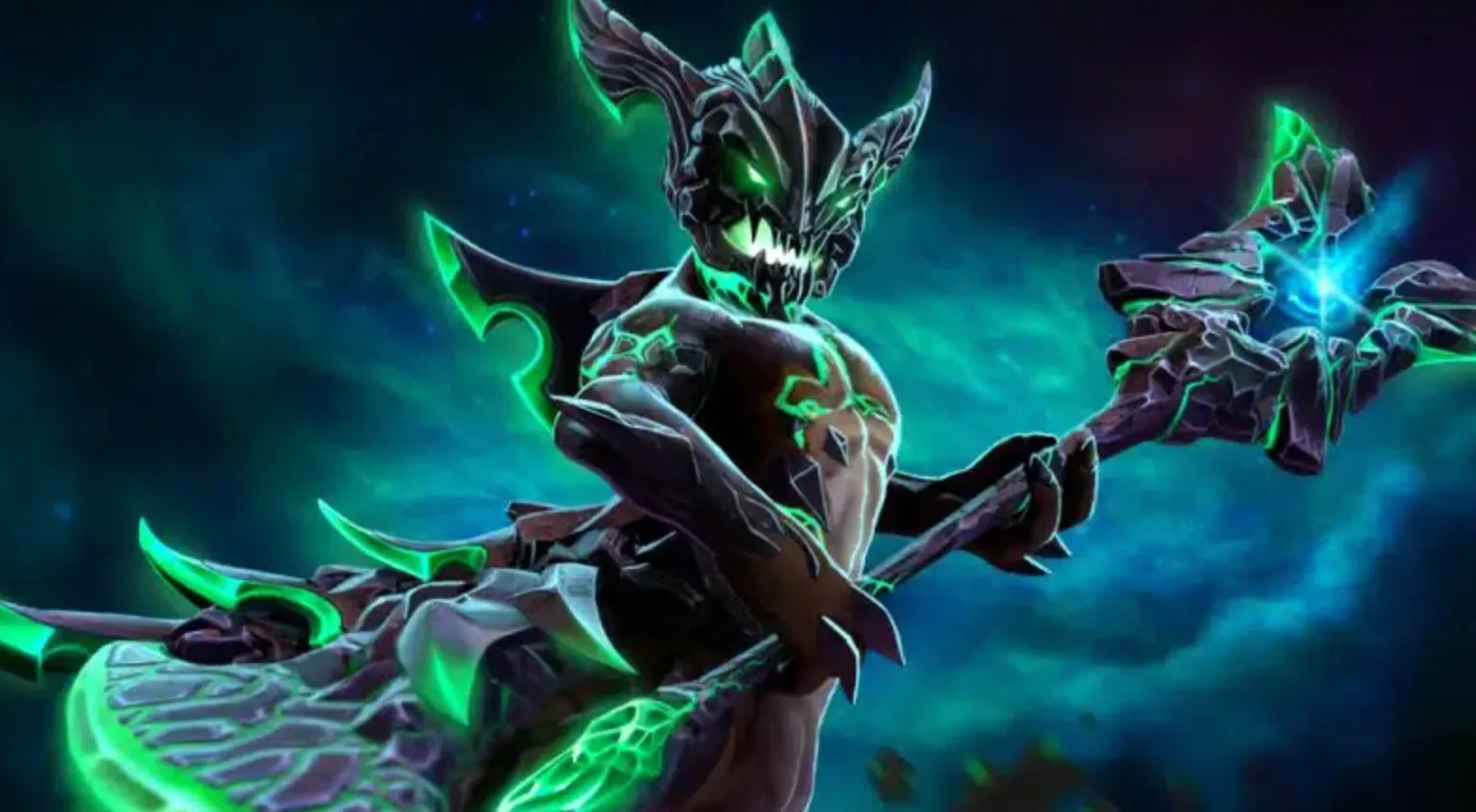
The Position 2 Midlaner plays a crucial role in dictating the pace of the game. Unlike the Carry, who focuses primarily on farming, the Midlaner prioritizes levels and early-game impact over raw gold accumulation. While item timings are still important, this role is more about controlling the tempo, securing key objectives, and making plays across the map.
Midlaners start the game in a 1v1 matchup in the middle lane, where mechanical skill, hero matchups, and game knowledge determine who gains the upper hand. Winning this lane provides a significant advantage, allowing the Midlaner to rotate, pressure enemy lanes, or secure objectives before the enemy team can respond.
The responsibilities of a Midlaner depend on the hero being played. Some heroes, like Shadow Fiend, prioritize farming to hit their item power spikes before actively engaging in fights. Others, such as Huskar, thrive on early aggression and start rotating to side lanes once they secure key items like Armlet of Mordiggian. Then there are tower-pushing Midlaners like Dragon Knight and Death Prophet, who focus on taking down objectives rather than hunting for kills.
A strong Midlaner can single-handedly dictate the flow of a match, making the right rotations and pressuring key areas of the map. Some of the most effective Midlaners in the current meta include Monkey King, Broodmother, Primal Beast, and Earthshaker. If you’re playing this role, your main goal is to gain an early advantage, set the tempo for your team, and create space for your Carry to farm safely.
#3: Offlaner
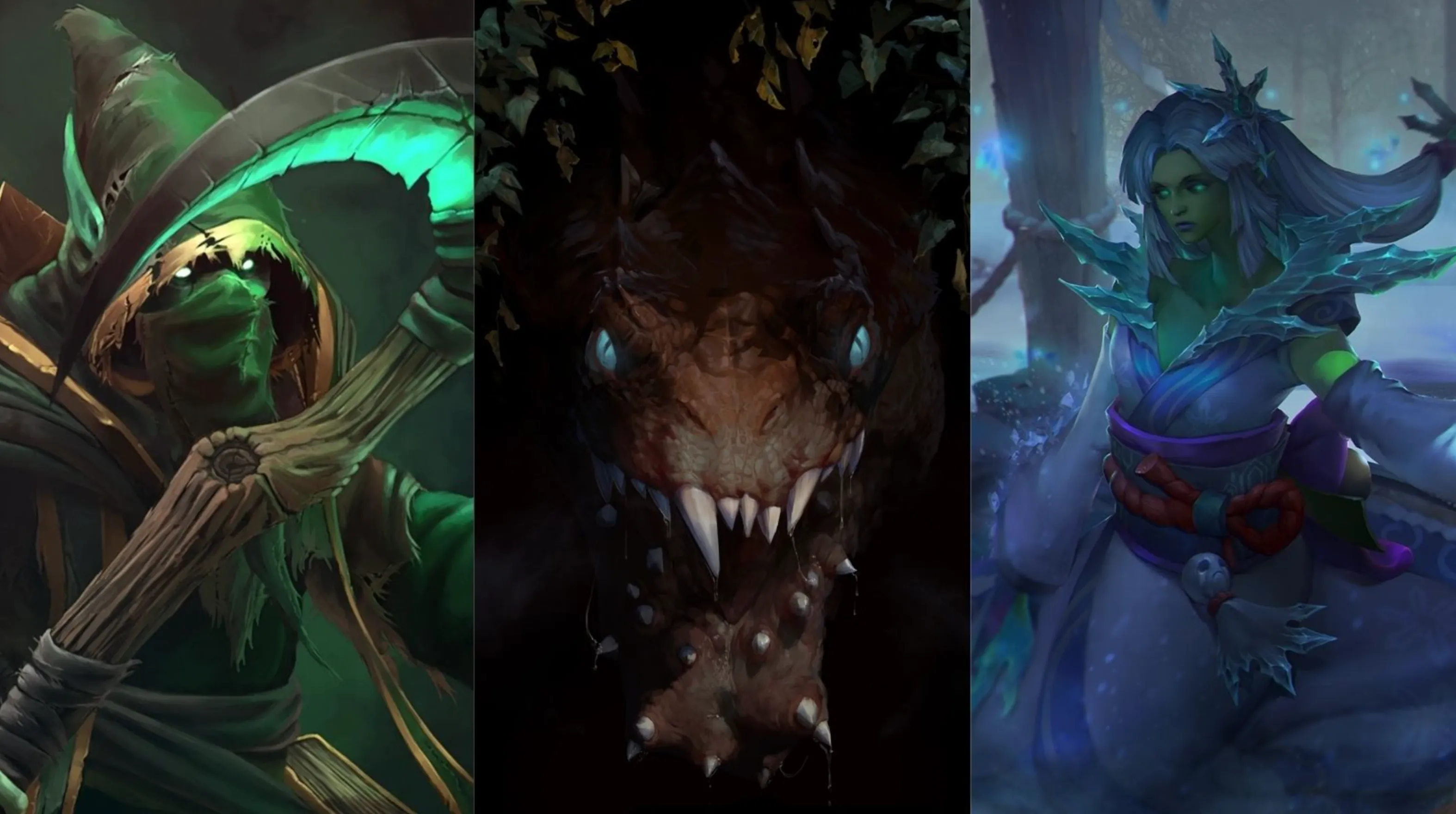
The Position 3 Offlaner plays a critical role in shaping the early and mid-game by controlling the tempo, pressuring enemy cores, and creating space for their team. While the Offlaner was once considered the lowest priority for farm, the role has evolved into a high-impact playmaker responsible for setting up fights and forcing enemy Carries out of lane.
Offlaners typically lane alongside the Position 4 Support in the Offlane (top for Radiant, bottom for Dire). Their primary goal is to disrupt the enemy Carry’s farm, apply constant pressure, and establish kill threat. Position 3 heroes often hit an early power spike, allowing them to force the enemy Carry into the Jungle sooner than they would like. This disruption can significantly slow down the opponent’s farm, giving your team an advantage.
Once the laning phase ends, the Offlaner shifts focus to roaming the map with the team’s Supports, hunting for kills, and setting up teamfights. Unlike the Midlaner or Carry, who focus on farming and scaling, the Offlaner’s job is to create space—absorbing pressure and forcing engagements so that their own team’s cores can farm safely.
Because of their role in initiating fights and sustaining frontline engagements, Position 3 heroes often have high durability, strong crowd control, or summoning abilities. Some of the most effective Offlaners in the current meta include Beastmaster, Brewmaster, Primal Beast, Centaur Warrunner, and Axe. If you’re playing Position 3, your goal is to disrupt the enemy Carry early, set the pace for mid-game fights, and create opportunities for your team to secure objectives and win engagements.
#4: Soft Support

The Position 4 Soft Support is one of the most versatile and dynamic roles in Dota 2, often serving as a bridge between a supportive playstyle and a pseudo-core presence. While technically a Support, many Soft Support heroes actively seek farm, set up kills, and make high-impact plays throughout the game.
Unlike the Position 5 Hard Support, which focuses on warding and protecting the Carry, Position 4 is more proactive, often pairing with the Offlaner in the early game to pressure the enemy Safe Lane. These heroes typically have strong crowd control, burst damage, or mobility, allowing them to rotate across the map and set the tempo alongside the Offlaner.
The effectiveness of a Soft Support depends on the hero chosen. Some, like Rubick and Windranger, excel at crowd control and playmaking in team fights. Others, like Clockwerk and Spirit Breaker, thrive as aggressive initiators, constantly disrupting enemy movements and forcing engagements. There are also heroes like Hoodwink and Marci, who scale into serious damage threats in the late game despite starting as Supports.
The most effective Position 4 heroes in the current meta include Dark Willow, Shadow Demon, Rubick, Tinker, and Bounty Hunter. If you’re playing Position 4, your job is to create pressure, secure kills, disrupt enemy movements, and support your team while still finding key opportunities to scale and make game-changing plays.
#5: Hard Support
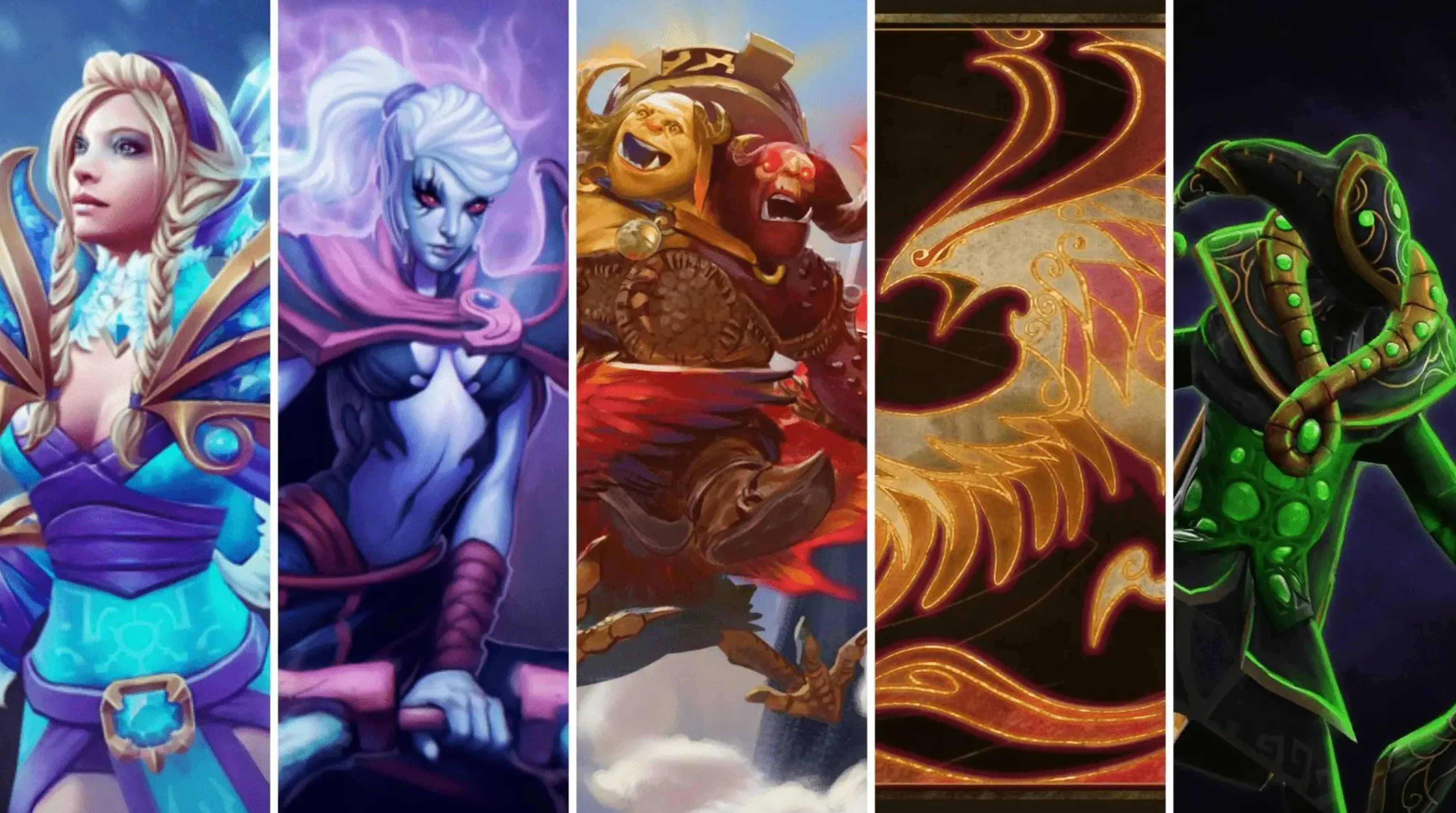
The Position 5 Hard Support is a crucial role in Dota 2, responsible for securing the laning phase, maintaining vision control, and ensuring the team’s cores can farm safely. Once considered a sacrificial position, the Hard Support has evolved into a key playmaker who protects allies, disrupts enemy farm, and controls the battlefield through vision and utility.
Hard Supports typically lane alongside the Position 1 Carry in the Safe Lane, focusing on pulling creeps, contesting enemy pulls, and harassing opponents to create a favorable farming environment. If the lane stabilizes, the Position 5 will rotate to stack jungle camps for their Carry, helping them accelerate their farm. While some Safe Lane duos can pressure for kills, the main priority of a Hard Support is to ensure their Carry can farm safely without unnecessary deaths.
Most Position 5 heroes come with defensive abilities, healing spells, or crowd control, allowing them to protect teammates, set up fights, and disrupt enemy advances. A great example is Winter Wyvern, who provides nukes, slows, and a powerful healing ability to sustain allies in tough situations.
As the game progresses, the Hard Support’s focus shifts to vision control, ensuring the map is covered with wards and sentries to provide crucial intel on enemy movements. Unlike cores, Position 5 heroes don’t scale into heavy damage dealers but instead focus on utility, sustain, and crowd control to impact fights.
Some of the best Position 5 heroes in the current meta include Treant Protector, Omniknight, Tusk, and Abaddon. If you’re playing this role, your job is to support your team, secure vision, enable your Carry’s farm, and control engagements through smart positioning and utility usage. Mastering the Hard Support role is essential for any team’s success, and doing it well can make all the difference in climbing the MMR ladder.
Conclusion
Understanding the five positions in Dota 2 is essential for improving your gameplay and working effectively as a team. Each role—Carry, Midlaner, Offlaner, Soft Support, and Hard Support—has distinct responsibilities that contribute to a team’s overall strategy. The Carry focuses on farming and scaling into the late game, the Midlaner sets the tempo, the Offlaner creates space and initiates fights, the Soft Support roams and applies pressure, and the Hard Support secures vision and protects the team. Mastering your role and playing it efficiently can make a huge difference in your matches, whether you’re climbing the MMR ladder or competing at higher levels. Dota 2 is a game of strategy and coordination, and knowing how each position functions will help you become a more well-rounded player. Keep practicing, adapt to the meta, and refine your skills to become a valuable asset to your team.
Posted On: February 11th, 2025
Recent Articles
💬 Need help?
Our 1v9 support team is available 24/7 to help you with any questions or issues you may have.
support@1v9.gg
Loading...
1v9.gg is not endorsed or affiliated by any game developers or publishers.
2025 1v9, All Rights Reserved, Created By NightDev

